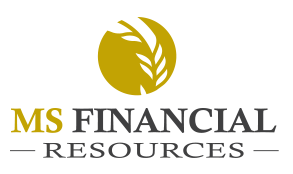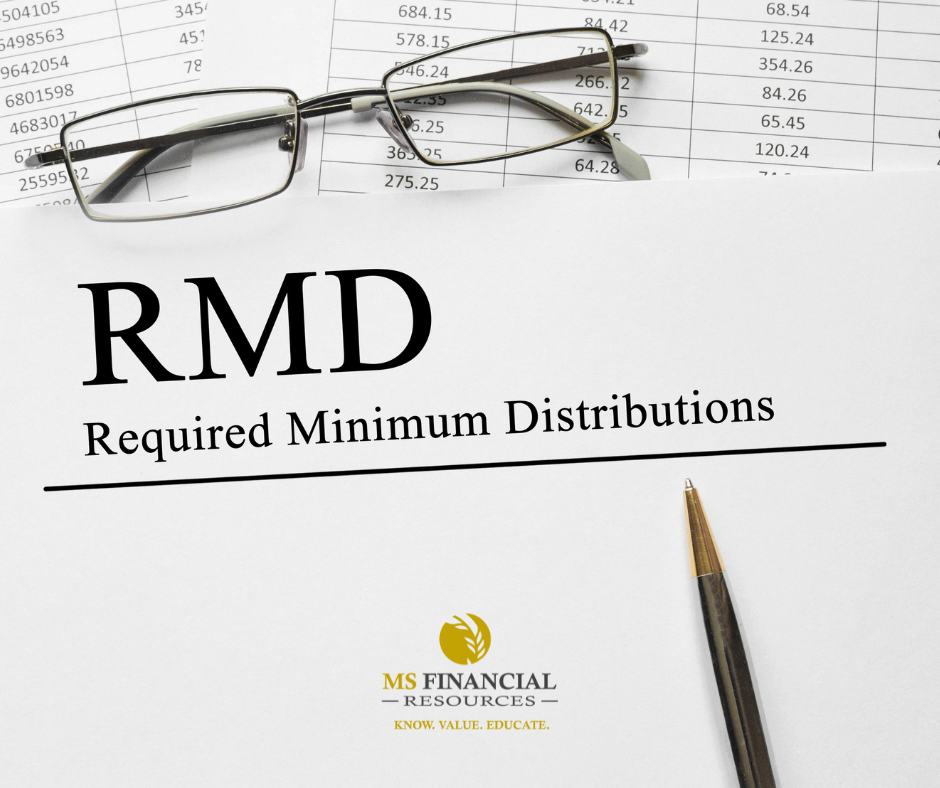With the December passage of SECURE 2.0, changes to Required Minimum Distributions (RMDs) have savers cheering, especially those born 1960 or later.
RMDs date to 1974 when the Employee Retirement Income Security Act (ERISA) was established to provide for pension reform and to give a retirement savings vehicle to non-pensioned workers.
These distributions enable the United States government to collect tax revenue on savers’ qualified retirement plan investments that have grown tax-deferred for years, even decades. The distributed amount is confirmed on IRS tax form 1099-R by an account administrator like Charles Schwab following year-end. It’s later entered on line 4B of your Federal 1040 tax return and counts as taxable income for the year of distribution.
Applicable accounts
As of 2023, account owners aged 73 and older who participate in the below retirement plan types are subject to RMDs:
- Traditional IRA
- Simplified Employee Pension (SEP)
- SIMPLE IRA
- Employer-sponsored 401(k), 430(b) or 457
Once begun, RMDs occur annually, until account depletion or the owner’s death. Distributions must also be taken from inherited Roth IRA accounts, though under different rules.
Applicable amounts
An account’s entire balance is subject to an RMD calculation, though only a fraction of the balance must be distributed. Unfortunately, the distribution amount is not easily or consistently determined.As an MS Financial Resources client, however, you can work with our team to ensure the proper RMD is taken. Also, for most retirement plans (excluding Inherited IRAs), RMD amount(s) show on your December Schwab statement.
If you’re inclined to calculate your own RMD, click here for the Schwab RMD Calculator.
When to begin your RMDs
For years 2023-2032, it’s your age-73 calendar year. For example, a 1955-born owner would begin in 2028. Beginning in 2033, it’s your age-75 calendar year.
Account holders born in 1960 enjoy a sort-of “two-year extension,” given that they would turn 73 in 2033. But since the age-75 provision begins January 1, 2033, their RMD begins in 2035.
For all account owners, the big benefit of the now-later RMDs is in retaining your account balances longer. You avoid adding unnecessarily to your taxable income and thus reduce the risk of bumping to a higher tax bracket. Now remediated by SECURE Act legislations passed in 2019 and 2022, RMDs previously began at age 70 ½ and age 72.
We recommend taking RMDs early in the calendar year to minimize potential tax-related complications that can occur should a donor die before their annual RMD occurs. As an adviser courtesy, we will contact you in October if your RMD has not been taken.
Satisfying your RMD
Cash or securities, or some combination, count as long as the sum exits the retirement account. You may direct the assets to a taxable Schwab account or elsewhere.
For the charitably-inclined, cash or securities—especially any with appreciated value—can be directly contributed to a qualifying organization to satisfy all or part of the RMD, and without counting towards taxable income. Qualifying Charitable Distributions (QCDs) can begin pre-RMD, as soon as age 70 ½, and can made be up to $100,000 per person, per year to one or more qualifying organizations. Unlike many charitable contributions, QCDs are not deductible.
Not satisfying your RMD
This can be costly, at 10% of the RMD amount shortfall, though it can be remedied if the prior missed amount is distributed within two years. The penalty was a prohibitive 50% prior to December’s enactment of SECURE 2.0.
What hasn’t changed, though, is the responsibility to take the RMD. According to a 2019 AICPA article, RMD shortfalls are cumulative; there is no statute of limitations for missed distributions. And, if an account owner dies with existing RMD shortfalls, the penalties or responsibilities can be incurred by the estate’s executor or account beneficiary!
A word about Roth accounts and RMDs
- Unlike traditional retirement accounts, Roth IRAs are not subject to RMDs during the original account owner’s lifetime.
- Spouses who inherit a Roth IRA can treat it as their own until their passing.
- Non-spouse beneficiaries must distribute the entire account balance within 10 years; annual distributions are not required.
- As of 2019’s original SECURE Act, Roth accounts can no longer be passed to the owner’s non-spouse beneficiaries and continue untaxed or “stretched” for years on end as before.
In conclusion
Many uncontrollable costs like inflation and long-term care continually increase the need to prioritize retirement savings. In response, savers can take some solace in the recent and favorable legislative treatment of qualified retirement accounts.
If you were born 1950 or earlier, we can address your RMD at your next review, or sooner if you prefer. Clients born 1951 – 1959 need only be aware of their age-73 RMD start year, and until then, can focus on contributions, allocations and results. Those born 1960 or later will be RMD-eligible in their age-75 year.
As always, we welcome hearing from you anytime about your accounts held with MS Financial Resources.
Disclosure: This is for informational purposes only. Please consult your tax professional for any specific tax or accounting advice.

